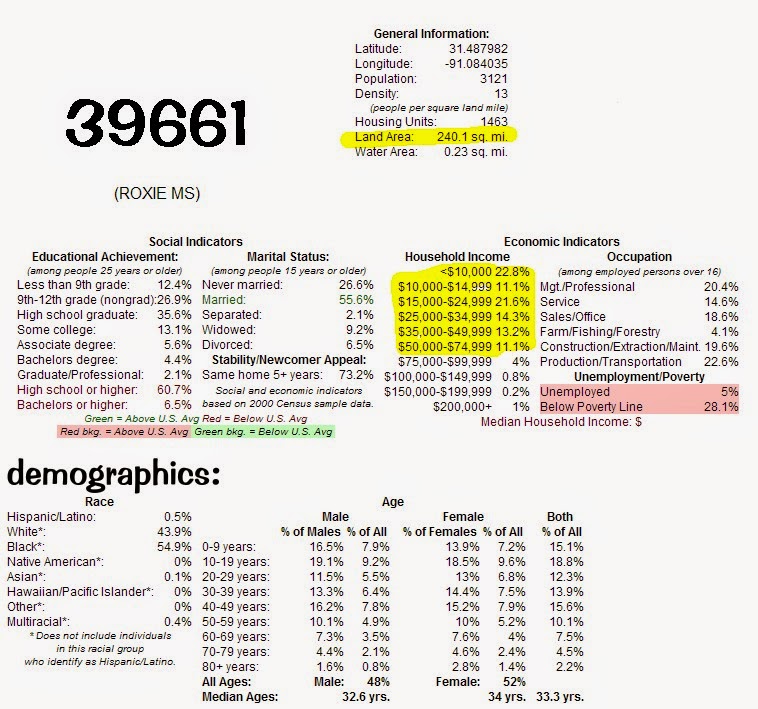Contact: Dr. Jim Miller, 662-325-2619
Extension Outdoors
Litter can be harmful to wildlife and pets
By James E. “Jim” Miller
Professor Emeritus, Department of Wildlife Fisheries and Aquaculture
Mississippi State University

People discard millions of tons of trash daily in recycling containers or garbage cans, but unfortunately, many people leave trash in other places, where it can harm wildlife and pets.
Whether it is carelessly tossed out of car windows or off the sides of boats, left on the ground from routine farming or construction activities, or casually dropped while walking down the street, litter is more than an unsightly nuisance.
I am continually amazed at the amount of trash I see in my neighborhood, from food wrappers and bottles to packaging straps and cigarette butts. It makes me wonder if these unthinking people litter in their own yards as well.
Unfortunately, some of that trash can pose serious threats to wildlife, fish, pets and even people.
Occasionally we see dramatic evidence of some animal that has been ensnared, maimed or killed by improperly discarded trash. Photographs of fish or turtles whose bodies are girdled by six-pack plastic rings, raccoons with their heads trapped in metal containers, pelicans dead of starvation from ingesting bottle caps and fishing line, or ospreys entangled in discarded monofilament are all too common.
I grew up on a farm and remember baling hay with hemp or sisal twine. At the time, I never thought about the fact that such twine could be a problem to wildlife or domestic livestock. However, my dad taught me to wrap the twine around a stick and save it, because it might come in handy to hastily fasten a gate, temporarily mend a break in a net or hang a tool on a nail in the barn. We never disposed of such twine, rope, or string, as long as it had some potentially useful purpose. Once it lost its usefulness, we burned it.
Today, baling twine is made of either sisal, which is biodegradable, or polypropylene, a non-biodegradable plastic. If it is disposed of irresponsibly, the plastic type can ensnare or even kill domestic animals and wildlife alike.
A friend recently shared with me a trail camera photograph of a very nice buck, two weeks prior to the bow-hunting season, with several yards of pink polymer hay baling twine entangled around both antlers. He then shared with me a second photo, from the opening day of bow season, when he found a buck -- likely the same one -- ensnared and locked together with another buck by pink polymer twine. They were both dead, probably after much suffering.
Admittedly, bucks sometimes get their antlers hooked together while fighting or sparring, but most of them break apart when one dominates the other or before becoming severely impaired. It would be pure speculation to say whether these two bucks might have separated and lived, despite their fighting and sparring, had their antlers and necks not been entangled with this hay baling twine. But I’d venture to guess that the baling twine made their death more likely.
I would encourage my fellow hunters to pick up twine or other discarded materials that could be a threat to wildlife and wind it up on a stick or carry it away for disposal or recycling. It won’t take much time or effort, and it could save an animal from a lot of suffering.
The bottom line is that improper disposal of trash of any kind is illegal, unattractive and harmful. It can be fatal to both domestic and wild animals. Please dispose of trash and refuse in an appropriate manner by recycling or placing it in an approved trash container. We all appreciate those who make an effort to protect the health and beauty of our treasured wildlife habitats and the neighborhoods and communities we call home.
Source: FCNews Staff / Press release - Msu Ag Communications News










